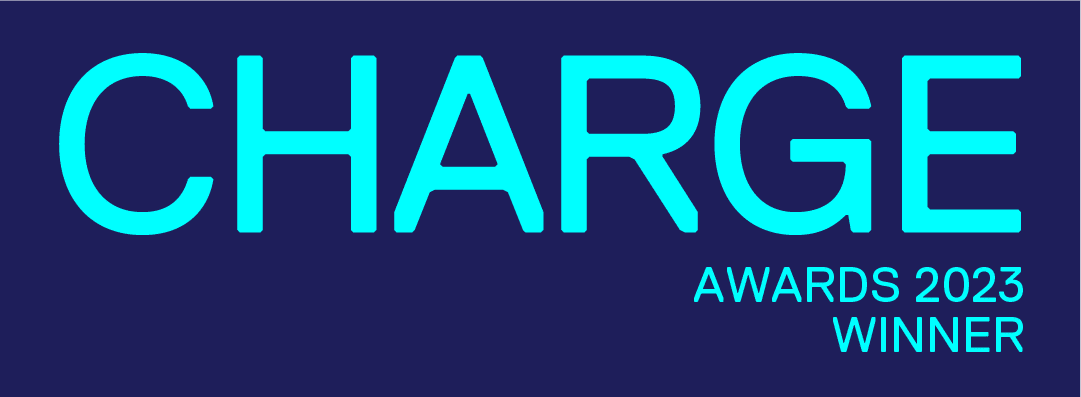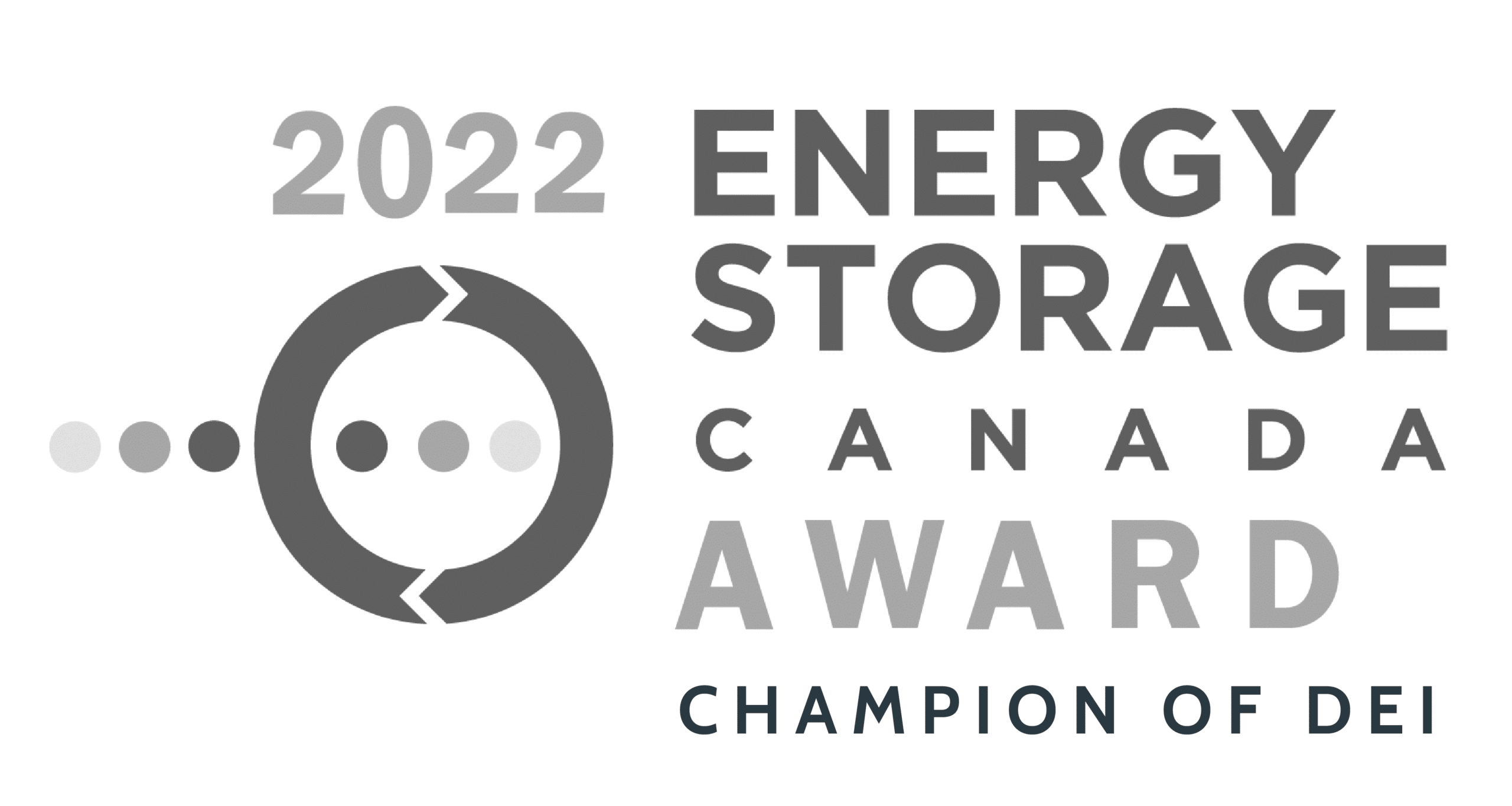Reaching Economic and Environmental Objectives with Energy Storage Shared Savings
In a landscape where energy markets are becoming more complex, and businesses grapple with balancing financial and environmental interests, energy storage is becoming more attractive for industrial and manufacturing facilities where manual load curtailment is becoming ineffective and harming operations and output. For facilities like yours, the objective is clear: achieve reductions in energy costs without disruptions to daily operations or having to curtail production. And, do it while achieving emissions reduction goals.
Energy storage is an attractive solution. But, installing and operating energy storage behind-the-meter at a facility can be cost-prohibitive. Some systems can cost millions of dollars, and that kind of upfront capital expenditure is not viable.
However, Energy Storage as a Service (ESaaS) is emerging as a top solution to tackle these challenges. And while there are many models for ESaaS, including fee-for-service, the most popular is Shared Savings. Shared savings models offer a promising avenue for commercial, industrial, and manufacturing facilities seeking to adopt energy storage systems without shouldering the burden of upfront capital expenses.
Let’s explore the shared savings model that facility managers, energy managers, and CFOs are exploring today.
Energy Storage Shared Savings Operational Model
Under a shared savings model, facilities can now tap into the technology, capital, and expertise required to maintain profitability, reduce OPEX, and pursue net zero goals using energy storage. The expansion of the Investment Tax Credit through the Inflation Reduction Act is widening Peak Power’s capabilities in offering Shared Savings to even more businesses looking to use energy storage to reduce energy costs, improve energy KPIs, and reduce scope 2 emissions.
And what’s so great about Shared Savings for the customer?
Well, as the ESaaS provider, we only make money when your facility is saving money. That’s because we share in the savings (or revenue) generated through the energy storage system. A company like Peak Power is financially incentivized to create win-win agreements so that we both realize financial benefits.
Unlike the conventional approach of direct asset purchases by end customers, ESaaS offers flexibility in financial arrangements.
Plus, by removing the financial burden associated with installing large commercial energy storage systems, the barriers to implementation for customers are significantly reduced, encouraging broader adoption of clean, distributed energy solutions and helping to make our grid more resilient for the future.
A Truly No-Cost Solution: Site Assessments and Feasibility Studies
While some ESaaS providers offer a no-cost energy storage system, at Peak Power we offer a fully no-cost solution. This includes conducting the virtual site assessment, the feasibility study, and the site visit at no cost to your business.
In the first step in the process, the Virtual Site Assessment, our energy storage pros conduct a desktop analysis of your site, including a mapping review to determine the feasibility of an energy storage system. We overlay your site information with our proprietary technology to understand the investment tax credit zone in which your facility is located. And even if energy storage isn’t suitable for your facility, we provide you with actionable guidance to pursue your net zero and energy goals.
Once we’ve determined that your site could be well-suited to realize economic and environmental benefits through energy storage, we move into a feasibility assessment. The feasibility assessment includes financial modelling and a review of the value streams we can use energy storage for, including:
- Peak shaving
- Energy Arbitrage
- Demand Response
And much more. We have a unique understanding of complex electricity markets to help you accurately predict the feasibility of a distributed energy project. It’s why we’ve successfully realized millions of dollars in savings for our clients.
Click here to learn more about how we conduct feasibility studies.
Case Study: GHP x Peak Power
This case study is a prime example of how it can work.
Our energy storage systems were installed in four commercial buildings in Westchester, New York (we should also mention this was one of the state’s first Virtual Power Plant demonstration projects!) The project reduces Coincident Peak (CP) and Demand Charges (NCP) and participates in ConEd Demand Response (DR) programs.
In this Shared Savings model, GHP and Peak Power split the utility bill savings and market revenues from the operation of the battery. GHP took on little to no risk while receiving energy cost savings, and Peak Power retains a portion of the savings and revenue in exchange for installing, maintaining, and operating the system.
As of Q1 2023, GHP has realized $495,742 in energy cost savings to date.
Ownership and Financing Options
Now, let’s take a look at the nuts and bolts of how Peak Power’s shared savings operates. There are three options a customer could choose: third-party ownership, self-ownership, and leasing.
1. Third-Party Ownership
The third party (Peak Power and/or our financiers) finances and owns the battery asset and places it on-site at a commercial, industrial, or manufacturing facility. There is no upfront cost or operational burden to the facility (the host site). The third party is responsible for operating, maintaining, and optimizing the distributed energy assets (storage or solar+storage) and receives a percentage of the energy savings and revenue generated.
This is a long-term agreement, typically ten or more years allowing the third-party owner to recoup the investment and the host to reap the full financial and environmental benefits of these energy storage assets at scale.
2. Self-ownership:
This option would be a significant upfront cost (in the multi-millions), but the host would retain all the savings and revenue opportunities. In this case, the owner of the battery would need to pay for things like maintenance and would need software to intelligently operate the battery to maximize savings and revenue, and participate actively in energy markets.
The investment would pay for itself over about ten years. However, many companies may not have available capital to purchase these systems upfront. There may also be operational challenges, as the host may not have in-house staff to operate, maintain, and optimize the battery energy storage systems.
3. Leasing:
This is similar to the third-party owner in that savings would still be shared, but it is for a shorter agreement term – usually less than ten years. The asset would, in most scenarios, be maintained and warrantied by the lessor. This option runs the risk of being less cost-effective and would still require the customer to pay for much of the engineering, procurement, and construction work.
Location Considerations for Energy Storage
The most favourable locations to install a battery energy storage system are states and provinces where market- and government-level programs and incentives allow battery storage to be compensated for services rendered. These state programs play a crucial role in enabling facilities to optimize savings and investments in energy storage.
Additionally, locations with high-cost coincident peak demand charges would benefit most from an energy storage system due to the potential for peak shaving.
We’ve found that some of the most favourable markets for energy storage are Massachusetts, California, New York, and Ontario.
Building the Energy Future with Energy Storage Shared Savings Model
Energy storage shared savings is more than just a contractual structure; it’s a model that empowers facilities to participate in a 4D Energy Future – one that is Decentralized, Democratized, Digitalized, and Decarbonized. Shared savings models alleviate financial constraints, allowing sustainable energy solutions to be implemented at the velocity we need to achieve emissions reduction goals, all while improving operational efficiency and facility performance.
At Peak Power, we have created partnerships with leading financiers to quickly deploy capital and get projects into the ground. Our success is tied to our customers’ achieving their financial and environmental goals.
Book Your No-Obligation Virtual Site Assessment
Our unique Shared Savings Model allows us to offer your facility a battery storage system at no cost. We operate, optimize, and maintain the battery to generate electricity savings and revenues that we both share in.
Plus, we made a name for ourselves with some of the best-in-class peak demand forecasting. This ensures you receive the maximum financial benefits of a shared savings agreement. It’s a win-win. We only make money when your business is saving money.
Get end-to-end implementation of Battery Energy Storage Systems – from development to operation to maintenance – with Peak Power.
See if your facility is eligible. Contact us to Book a Free Virtual Site Assessment today.





